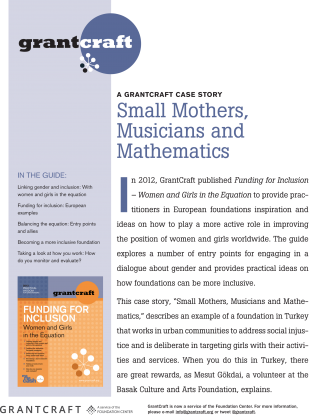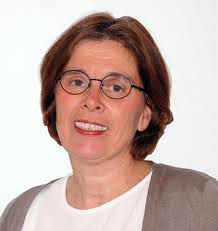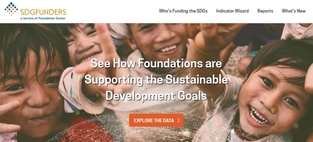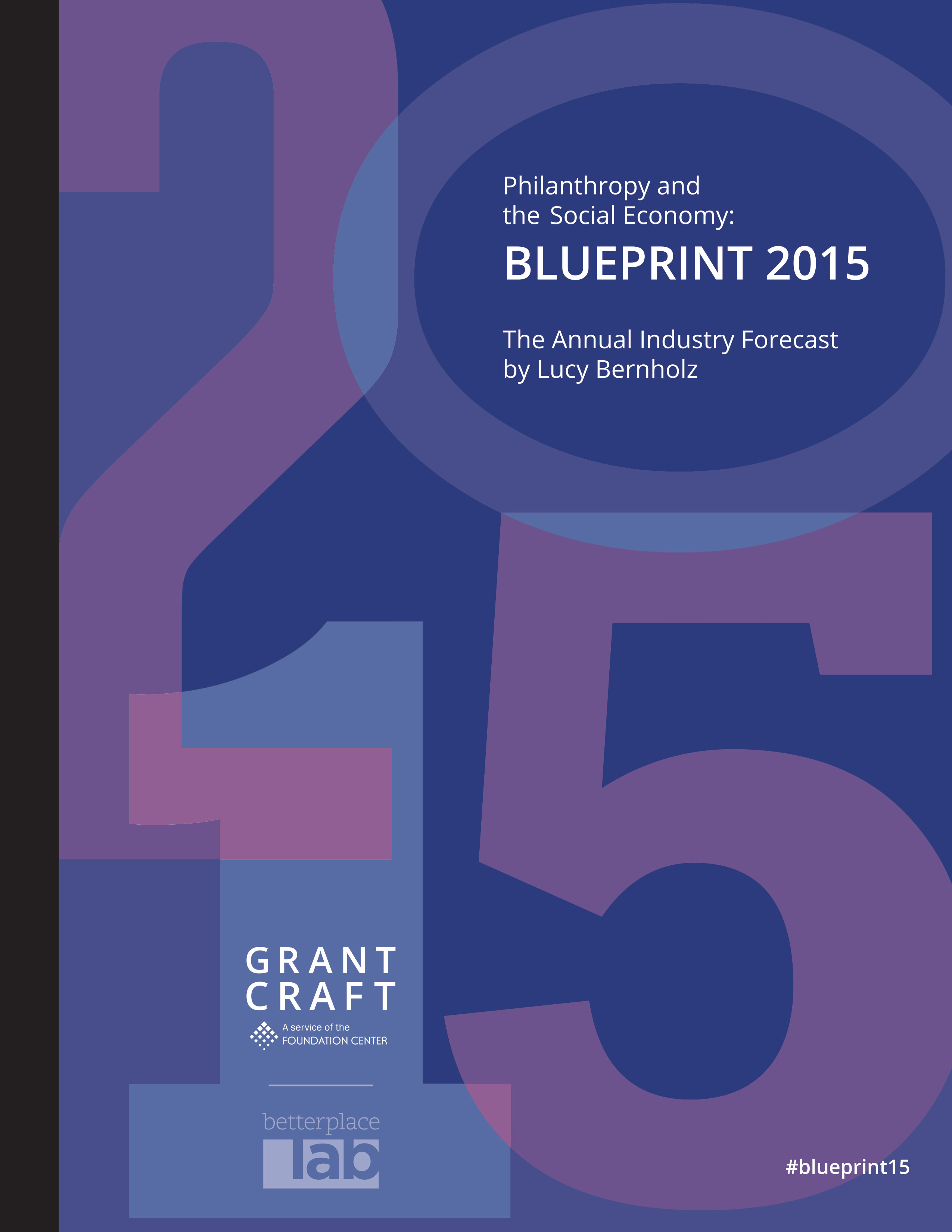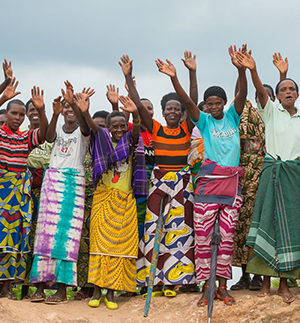Small Mothers, Musicians and Mathematics An Example from the Basak Culture and Arts Foundation
In 2012, GrantCraft published Funding for Inclusion — Women and Girls in the Equation to give practitioners in European foundations inspiration and ideas on how to play a more active role in improving the position of women and girls worldwide. The guide explores a number of entry points for engaging in a dialogue about gender and provides practical ideas on how foundations can be more inclusive.
This case story, "Small Mothers, Musicians and Mathematics," describes an example of a foundation in Turkey that works in urban communities to address social injustice through music and is deliberate in its focus on girls with their activities and services.
When you do this in Turkey, there are great rewards, as Mesut Gökdai, a volunteer at the Basak Culture and Arts Foundation, explains. The Basak Culture and Arts Foundation, established in 2002, targets
youngsters, children and, in general, disadvantaged families that migrated to Istanbul from different parts of Turkey and include children who work or have dropped out of school. The Basak Foundation works in the suburbs of Istanbul, in the Kadıköy, Maltepe and Üsküdarneighbourhoods – areas populated with poor people, often migrants from other parts of Turkey. Basak provides direct support to children and their families through the organisation of creative activities (dance, drama, music, sports) and support in mathematics and English language to middle school and high school students. They also undertake research, such as participatory research into the effects of crime. Currently Basak is developing a programme around domestic violence.
Basak’s mission is to discover, support and promote the artistic abilities of young people from poor families and to eliminate the difficulties they face in building their personal capacity. Basak is not a women’s organisation, yet at its very foundation it has enshrined in its statutes a positive emphasis on girls. Moreover, it aims to ensure that 70 percent of its beneficiaries are girls or women.
Click the Download PDF button on the right to read more!
